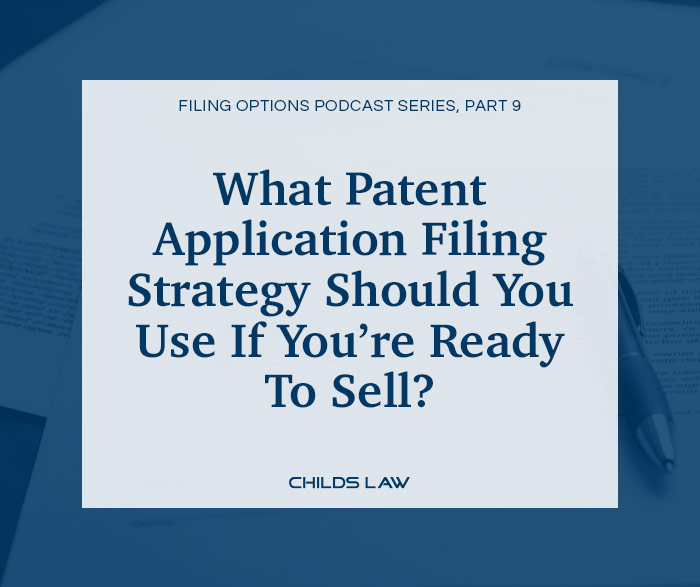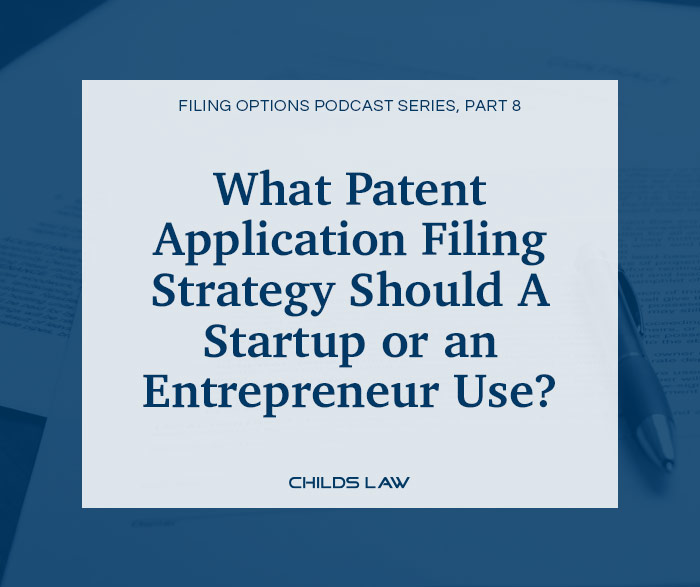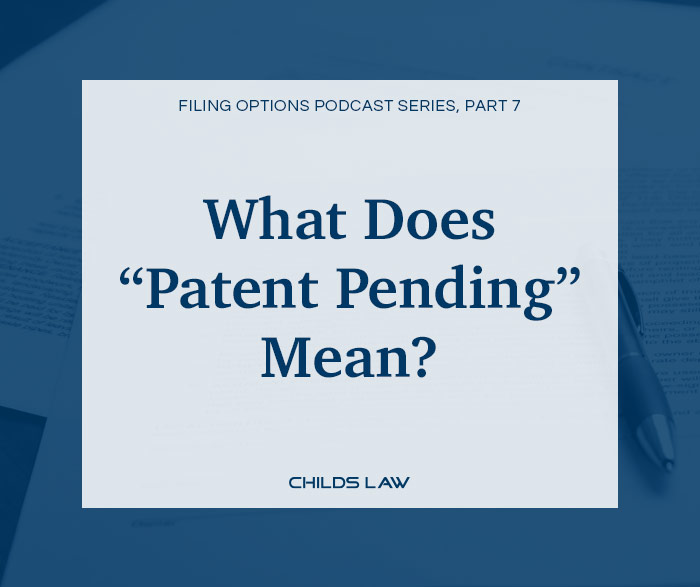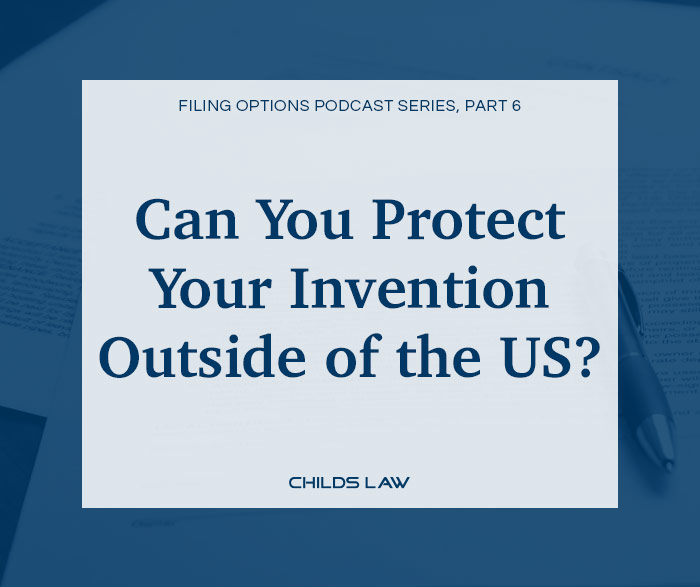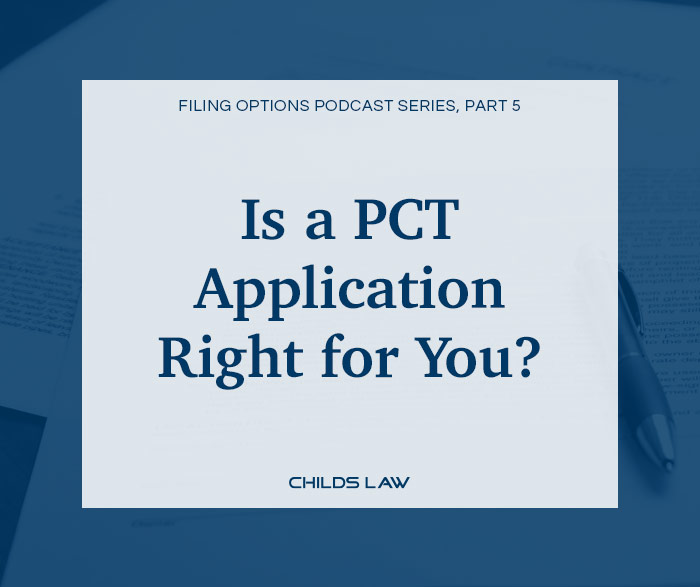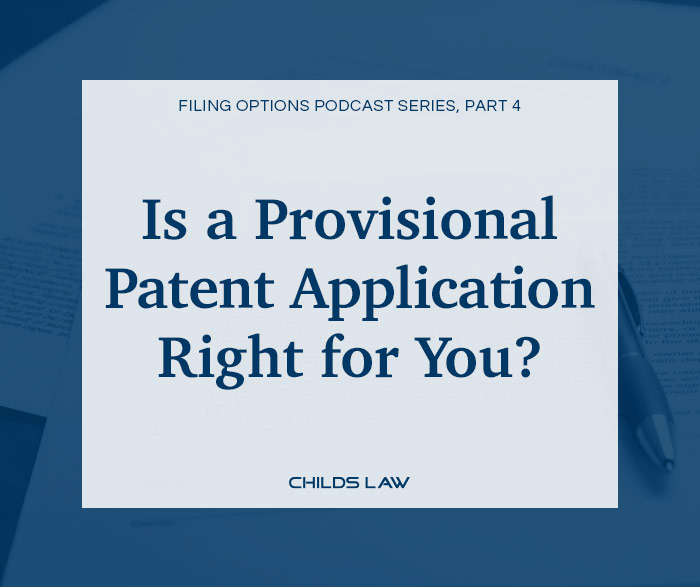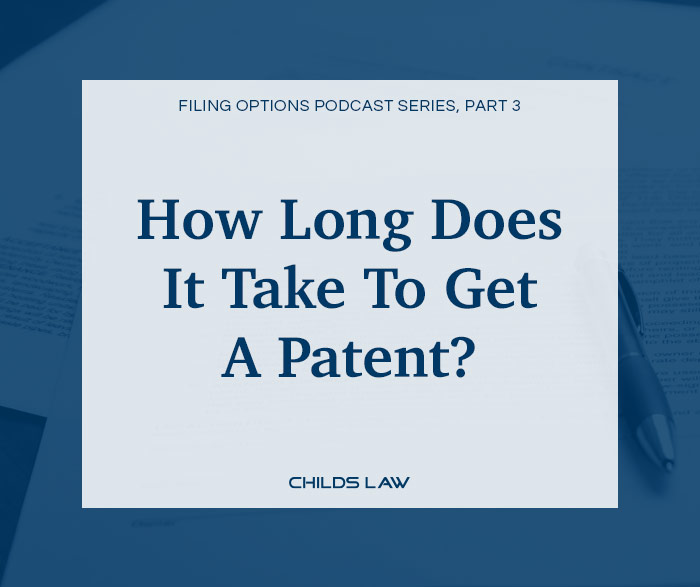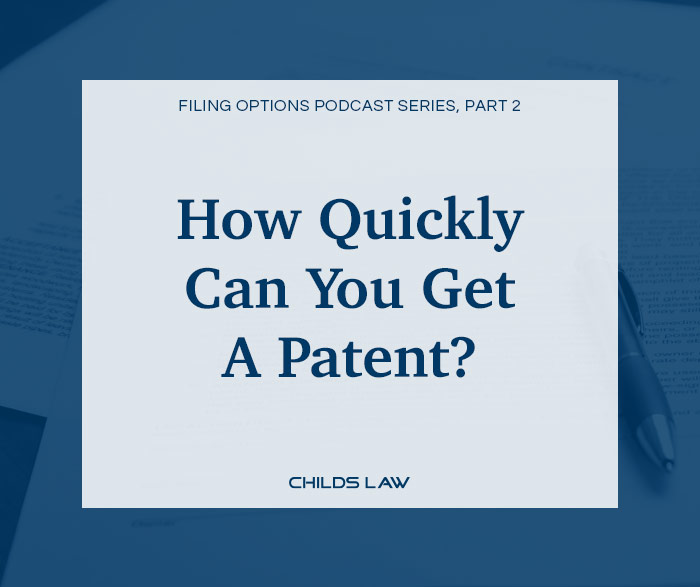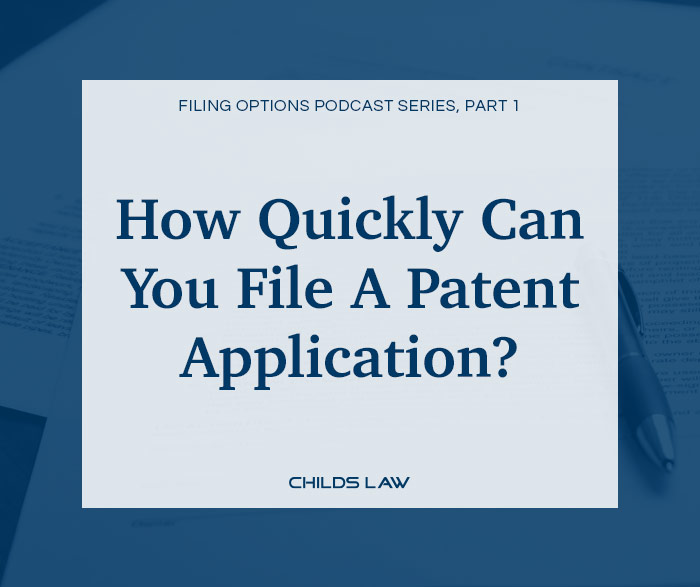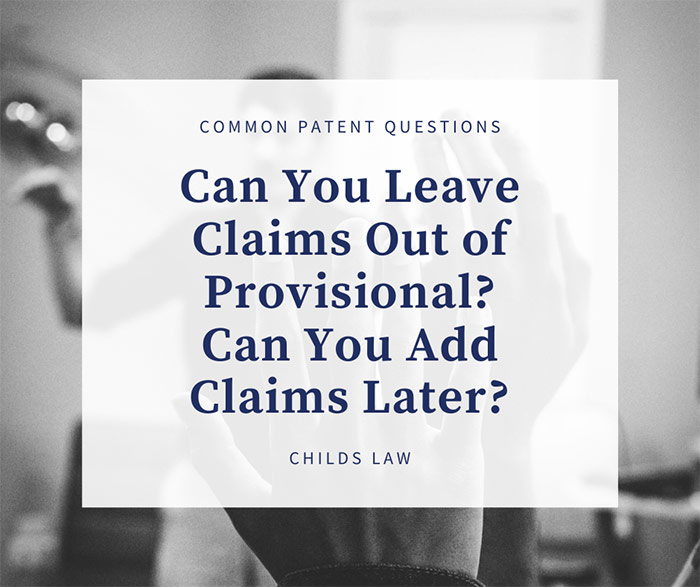What Patent Application Filing Strategy Should You Use If You’re Ready To Sell?
Not all entrepreneurs fit the classic startup mold. For example, many innovative businesses have the money they need and plan to sell their invention within 1-6 months. These businesses have little or no interest in obtaining a patent in 3-6 years. This is especially true for businesses that want to be first-in-field to capture market share or are based on rapidly evolving technologies that will be obsolete within 3-6 years, such as computer software. The preferred patent filing strategy here is typically to file a prioritized US non-provisional patent application and to get a US patent as quickly as possible, usually within 3-9 months. These businesses can then use the issued US patent to protect their sales by suing or threatening to sue any competitors that dare to copy their invention. I call this the “short game.” Move fast, grab as much market share as you can, and use your patent to defend your turf. And if you play your cards right, you may not share your market at all. You can use patents to create a legal monopoly. And if you can’t make money with a monopoly, then you can’t make money at all. Are you worried that these…
